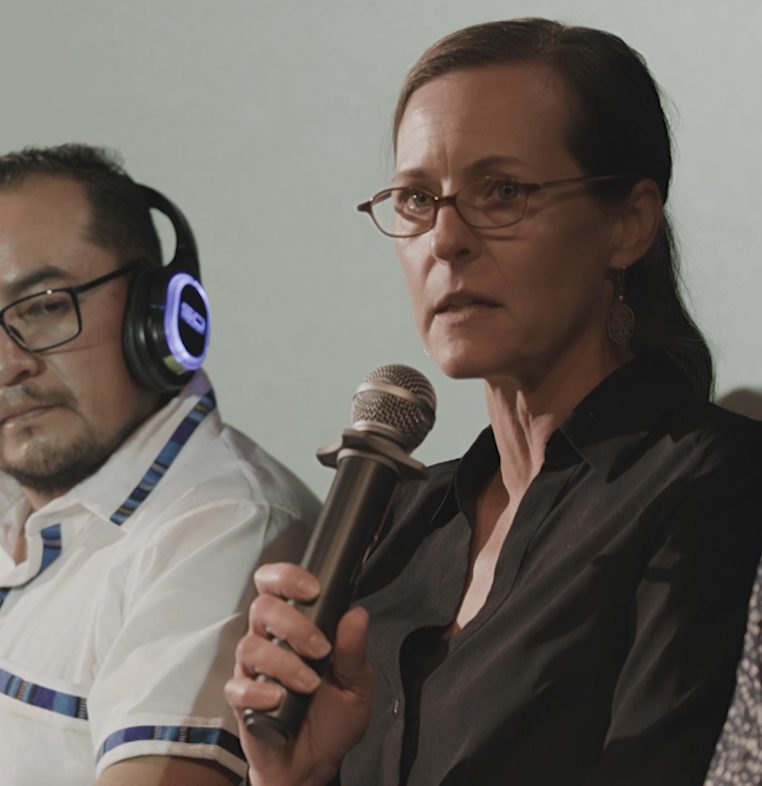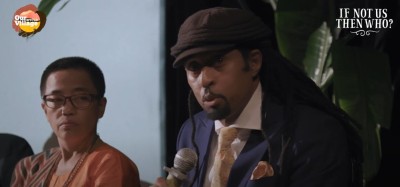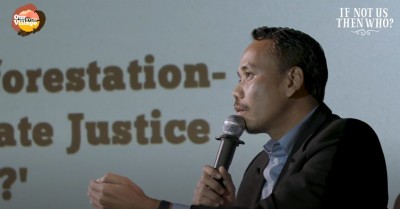Could the Carbon Market be a Major Source of Funding for Forest Protection?
Transcript
So protecting forests is one of the most effective and cost-effective ways to address the triple threat of climate change, biodiversity loss, and human health. These efforts must be scaled up to meet biodiversity and climate goals, and the voluntary carbon market could be a major source of funding for forest protection and restoration. But the voluntary carbon market cannot succeed without the full participation of Indigenous Peoples and Local Communities who have been some of the most effective custodians of forests for generations.
Southern governments are so overwhelmed with the technical difficulty of meeting carbon standards that there’s very little actual dialog about how governments and Indigenous Peoples and Local Communities can work together to stop deforestation, and few are willing to invest in the national and local processes of dialog so that Indigenous Peoples and Local Communities can understand and make their own decisions.
Protecting forests is one of the most efficient and cost-effective ways to tackle the triple threat of climate change. However, it requires an increase in efforts and funding. The voluntary carbon market has emerged as a crucial financial resource, but its success depends on the active engagement of Indigenous Peoples and Local Communities. The challenge lies in fostering meaningful dialogues between governments and IPCLs on how they can collaborate to prevent deforestation.

How to transform the system?
Those most affected by the climate crisis are also those with the least power to decide and act on it. Tackling climate justice demands a shift in power, not only to repair frontline communities, but also to make sure that those who negotiate, sign and approve are also those most knowledgeable of what needs to be done to stop the crisis.


